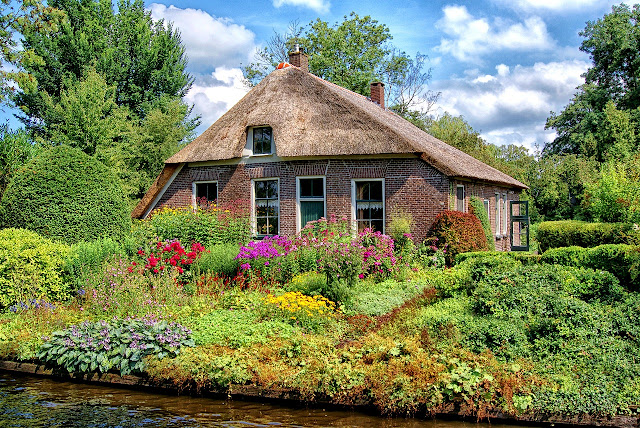The South American Patagonia is one of a magical place in the world that's marked by its melodramatic landscapes. The Marble Caves of Patagonia dubbed as the most wonderful cave network in Latin America. It is also called as “Cuevas de Marmol” or “Marble Cathedral” is a more than 6,000-year-old, sculpture hewn by the crashing waves calcium carbonate of Lake General Carrera in Southern Chile.
The area is intricate caverns are part of a peninsula made of solid marble encircled by the glacial Lake that spans the Chile-Argentina border. The Marble Caves of Patagonia's swirling pattern and its interiors reflect the lake’s azure waters, change in intensity depending on the water levels uttered by weather and time of the year. The early morning sunlight breaks into the openings of the Marble Caves reflects off the water and splashes the marble walls of the cave with distinct shades and patterns of blue hue.
This unique geological marvel attracts visitors to see the constantly changing beauty in its appearance. At the start of the Spring season, the shallow turquoise water creates a crystalline shimmer against the Marble Caves. The swirling walls increase the deep blue hue that gives an exclusive unworldly shade. Although, water level significantly affected due to the freezing and melting of the surrounding glaciers. The cold freezing water of the lake takes the fine silt sediments that rest on the lake bed.
To see this unique marvel, you must pass an arduous journey. You have to travel almost 800 miles on major highways to the next big city Coyhaique. After that, you must be followed by a 200-mile drive on rough dirt roads towards the lake. Eventually, you need a boat to access the caves. Although this journey is fair difficult and long challenging. But you will forget the tiredness to see the enchanting beauty of Marble Caves of Patagonia, which is worthwhile.
This region has rising mountains, extensive ice fields, towering glaciers, and land forever altered by volcanic activity. The best time to visit this natural place between Sep to Feb. During these months, the ice melts and feeding the lake, which changes the color of water particularly enchanting turquoise.
It is a great place for photography, then you have to go here early morning when sunlight is perfect for nature photography. Here the ferry service will take you to and through the Marble cave and its tunnels. Whenever you go to this part of the world, then you should list this place on top of your sightseeing plan.
Read More
Bracken Bat Cave – Largest Aggregations of Bats
Lechuguilla Cave – Jewel of Branched Underground Cave
Cave of Crystals – Chihuahua, Mexico
Sea Lion Caves – Connected System of Sea Caves and Caverns
The Longyou Caves! Ancient Underground World
Devetàshka Cave! A Massive Karst Cave
Cueva de Los Verdes! Popular Cave in Canary Island
Skocjan Caves! The Natural Treasure of Slovenia
Shehr-e-Roghan! The Mysterious Cave City
Affiliate Products
- How One Woman Discovered the Female Fat-Loss Code Missed by Modern Medicine And Lost 84lbs Using a Simple 2-Step Ritual That 100% Guarantees Shocking Daily Weight Loss
- 60 Seconds Habit ! That Reversed Type 2 Diabetes and Melted 56 lbs of Fat
- Boost Your Energy, Immune System, Sexual Function, Strength & Athletic Performance
- Diabetes Remedy # 1 Mega Offer for 2019
- 7 Instant Confidence Technique with Women Program
- Fan Victor – The Ultimate Fantasy Sports Plug-in
- Reservation Master is a reservations software package developed for use in Hotels, Motels, Guest Houses, Bed and breakfast, Lodges & Inns and Campgrounds worldwide.





















































